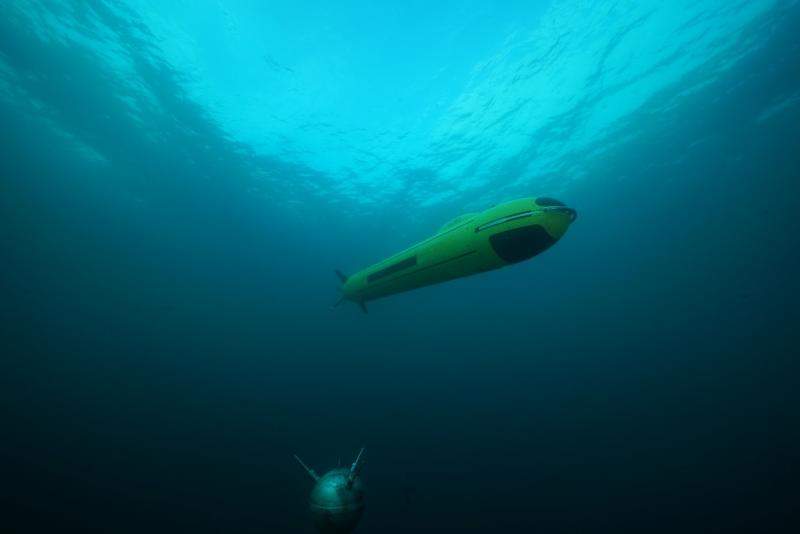
ECA Group has unveiled its new-generation, mid-size A18-M autonomous underwater vehicle (AUV), which is designed for underwater mine warfare operations.
The AUV A18-M can be deployed to carry out effective mine detection and classification in all water depths up to 300m.
The unmanned vehicle has been specifically developed to be capable of operating in close vicinity to the most advanced mines without triggering them.
ECA Group AUVs product manager Léonie Delacou said: “This mid-size AUV is the top trade-off between, size, weight and long endurance.
“Its payload capacity makes it able to host high-performance sonar such as synthetic aperture sonar (SAS), providing unprecedented detection and classification performances.”
The compact design of the AUV enables it to be easily deployed from small naval platforms such as the latest unmanned surface vehicle (USV).
Its enhanced stability also allows it to deliver high-quality images.
ECA Group’s A18-M drone is able to adapt its operating depth to environmental conditions, while avoiding blind zones due to sound speed stratification.
In addition, the AUV’s advanced embedded processing allows the sonar image’s raw data to be processed in real-time.
A list of contacts is extracted and relayed back to the command centre via an advanced communication network, using an USV or unmanned aerial vehicle (UAV) as the gateway.
The contacts are reviewed by sonar operators, either on-board a mothership or onshore, in order to launch identification and disposal.
Furthermore, the drone can detect any kind of hazard such as improvised explosive devices (IEDs) and pollutants, as well as provide precise maps of the seabed.
ECA Group Systems of Robots programme director Dr Marc Pinto said: “The performance gain is due to the very-high resolution in both range and cross-range offered by a wideband SAS of the order of 2.5cm x 3cm constant up to the edges of the swath, which is unachievable at any practical range by any other type of sonar on any type of platform.
“With the only possible exception of buried or concealed mines, all known mines can be detected and high-quality classification cues can be extracted from the highlight and shadow structure.”



